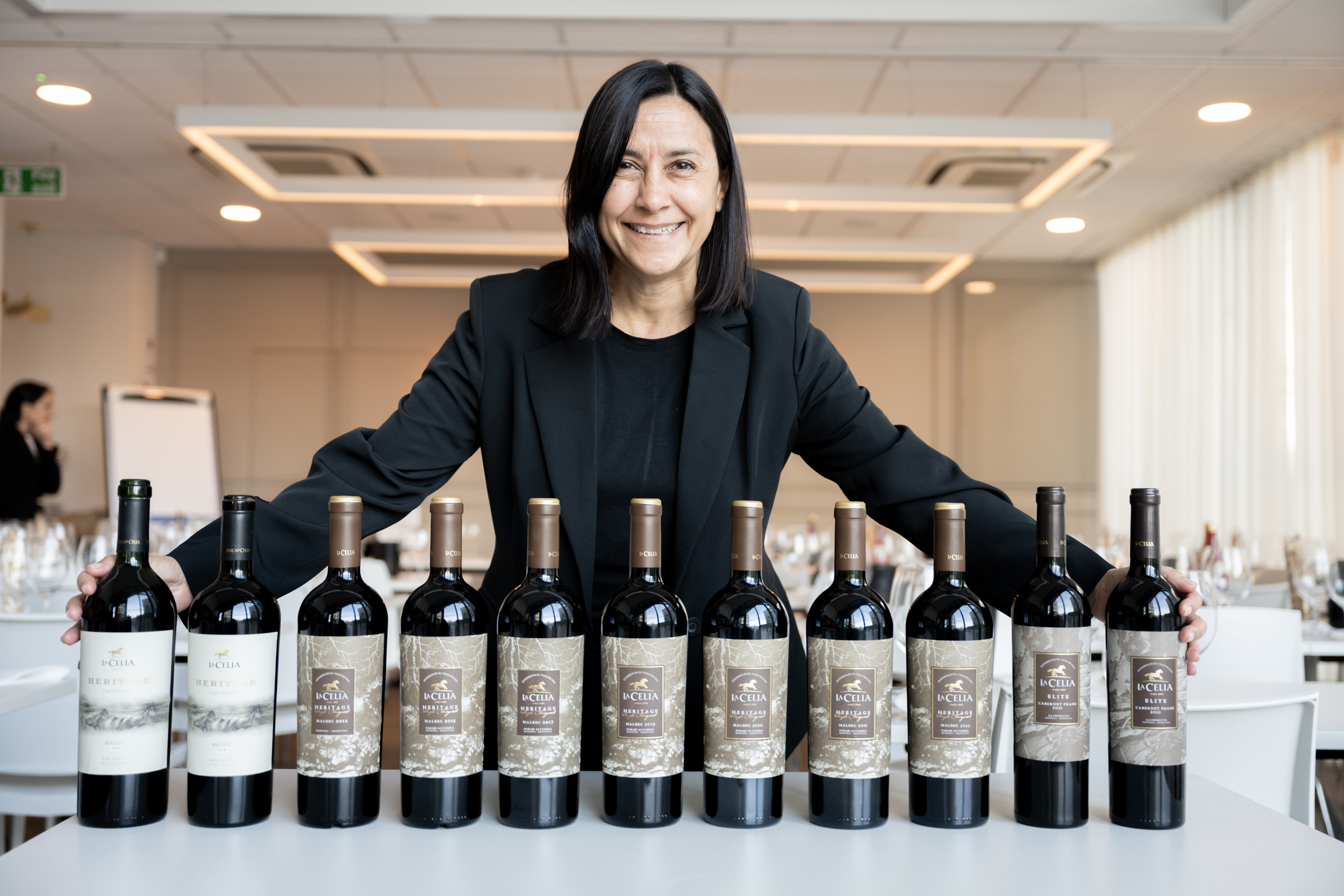Fine wine: Masseto makes progress
By Philip StaveleyThere are certain precepts that hold good in most market places, and the law of supply and demand and its impact on prices has stood the test of time and logic. Diminishing supply and increasing demand = rising prices over time.
At Amphora we spend a lot of time wondering about the drivers of demand, because the supply side seems more fixed. We know there are strict limits to production, and we know that as soon as it is bottled, wine is drunk.
What we also know is that in many cases the degree of production limit has a significant part to play. Domaine de la Romanée-Conti and most Burgundy producers make a fraction of the amount of wine per year than the châteaux in Bordeaux, mainly because their plot sizes are so small. This almost immediate scarcity has a dramatic impact on prices in the secondary market.
The same is true of Le Pin, with its minuscule output of around 400 – 600 cases per year, and someone like Screaming Eagle, who might occasionally stretch to 750 cases.
The alignment of high quality and extremely limited supply, allied no doubt to quite clever marketing and the sanction of a critic like Robert Parker, forces prices up to eye-watering levels.
In Bordeaux, long the cornerstone of the fine wine market, most châteaux produce rather more than this, and even someone like Petrus will make 2,500 cases most years. On the Left Bank most first growths make over 10,000 cases, and among the Super Seconds you can find up to 40,000 coming from Beychevelle, while most of the more highly-prized are around the 20,000 mark.
Across the Alps in Tuscany we find Masseto, often known as the “Italian Petrus”. There are three reasons for this moniker: its production level is also 2,500 cases per year; it is made with the Merlot grape; and it is jolly expensive.
Even the most experienced players in the fine wine market will find it surprising that the 98 point Masseto from 2001, a decent year sure enough, but “only” generating a vintage score of 94, (the 2004 was 96, the 2006 and 2009 were 97, so 2001 hardly knocked the lights out), costs more than every single first growth going back 25 years bar only the Lafite and Mouton from 2000, and the Latour 2010.
That really is an extraordinary statistic. So the 100-point Latour from the 99-point 2009 vintage is worth less than the above Masseto? One of the world’s most prestigious producers making a perfect wine in arguably the best vintage of all time, and it’s cheaper than Masseto 2001!
The chart below highlights the magnificent performance of this Masseto against the same-scoring (98pt) Latour from the iconic Millennium vintage, going back five years.
This is a five year outperformance of over 100%!
Partner Content
Lest you think this is merely a reflection of the correction after Latour went stratospheric up to 2011, here is the same chart going back to 2004.
Now of course all of this may be explained by production levels. Latour has a lovely big plot and churns out a good 18,000 cases, so what happens when supply really does diminish?
Over time, as consumption truly impacts availability, you would expect this excessive production to have diminishing influence; in other words, you would expect the rising desirability to increasingly offset initial production, and sure enough, we find the 100-point Latour 1982 costing £16,500 and the 100-point 1961 coming in at over £45,000.
This phenomenon can also be clearly seen with the 100 point Haut-Brions from 1989 and 1961, which come in at £14,000 and £24,000 respectively.
So what are the conclusions from this?
There is insurmountable evidence of availability (or lack of it) affecting prices to a significant degree. This obviously underpins the central supply/demand thesis for investing in fine wine in the first place. This is supported across the spectrum, yet curiously the 96-point Masseto from 1988 which should have become almost extinct by now, trades at a 35% discount to the aforementioned 2001.
This suggests that being the last person to own a case of a back vintage Masseto may not offer quite the same cachet as for an old first growth, and if this is true then not only is it difficult seeing Masseto 2001 perform from here (especially when the superior 99-point 2006 trades at a 30% discount), but perhaps we might also conclude that a reversal of the Masseto 2001 and Latour 2000 trade cannot be far away, especially with the revival of interest in Bordeaux which we have seen over the last six months.
What all this reflects is the availability of opportunity for investment in the fine wine space. Amphora uses an assortment of analytical techniques to help identify anomalous pricing. These anomalies don’t usually disappear overnight, but it is our contention that you are likely to make better returns on your investment if you at least know where they are, and what to look out for.
Philip Staveley (pictured) is head of research at Amphora Portfolio Management. After a career in the City running emerging markets businesses for such investment banks as Merrill Lynch and Deutsche Bank he now heads up the fine wine investment research proposition at APM. www.apmwineinvestment.co.uk




